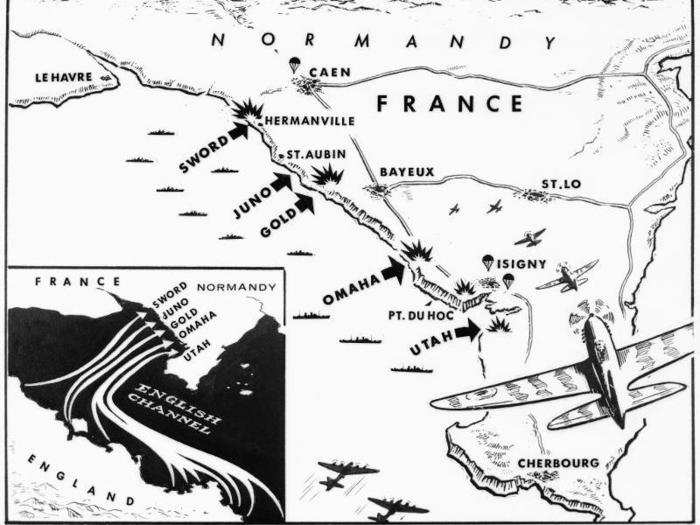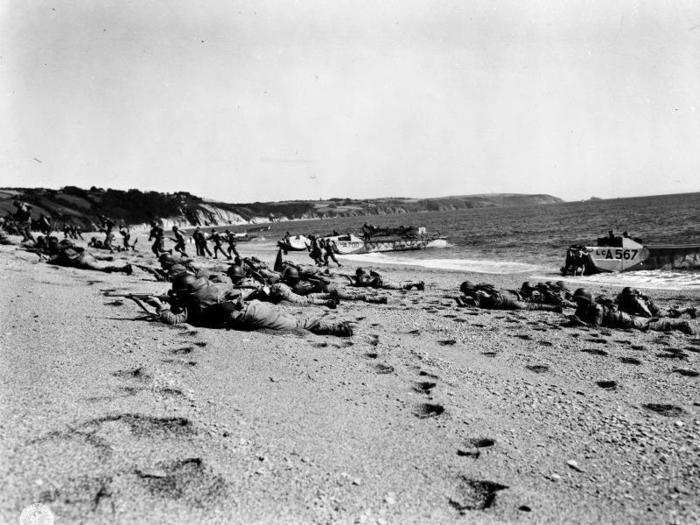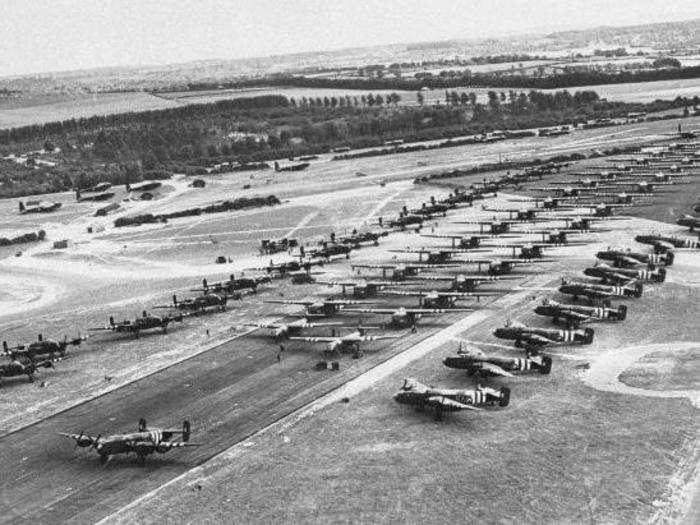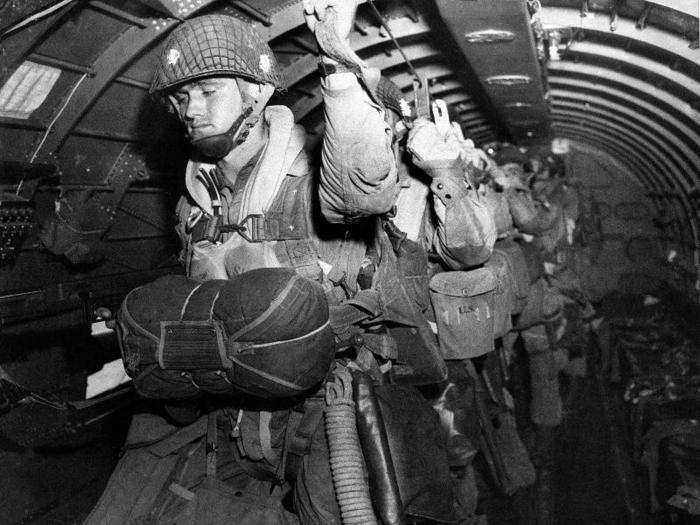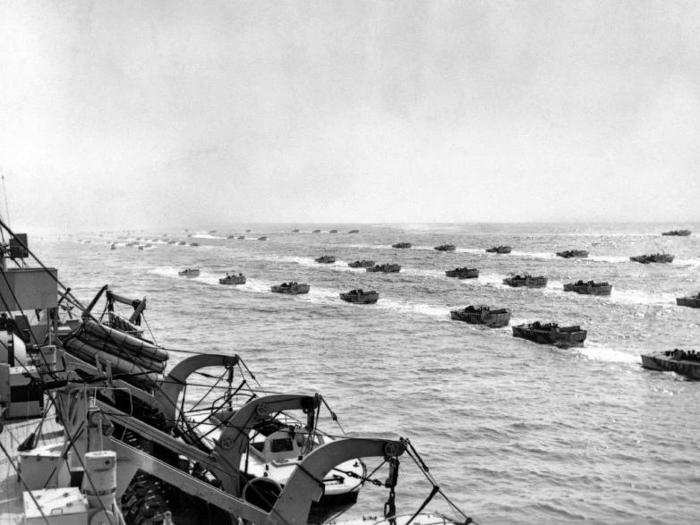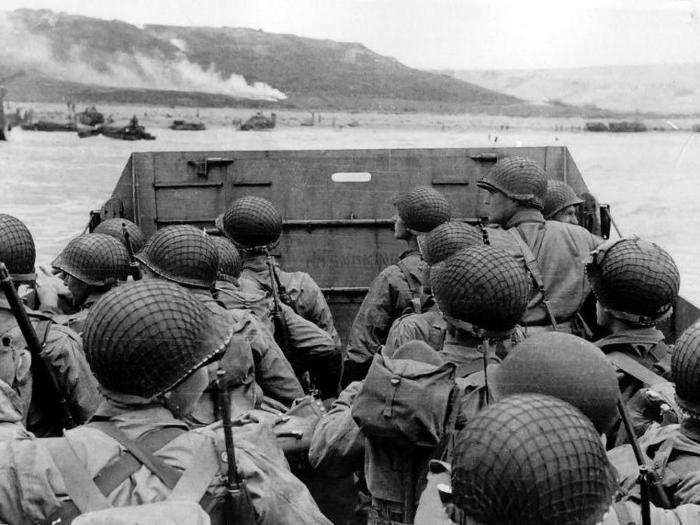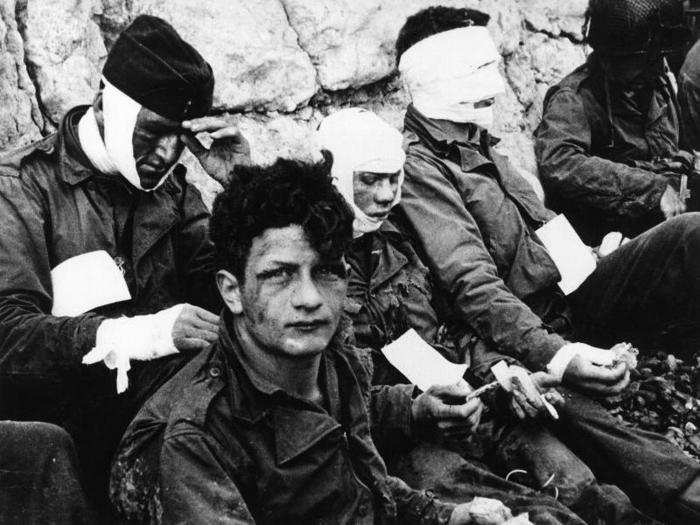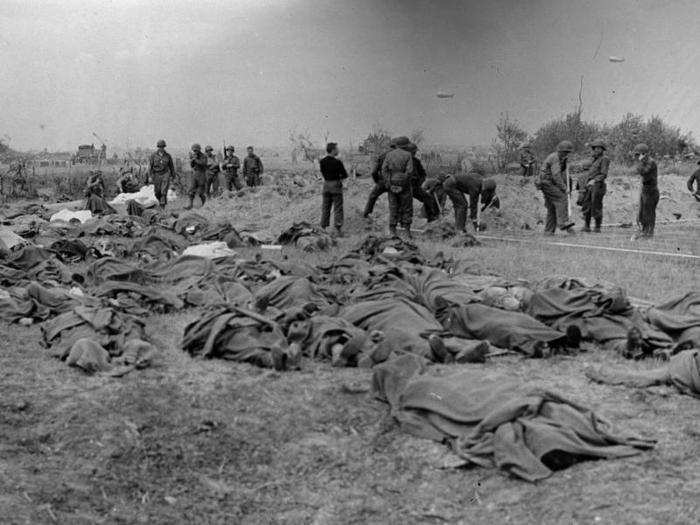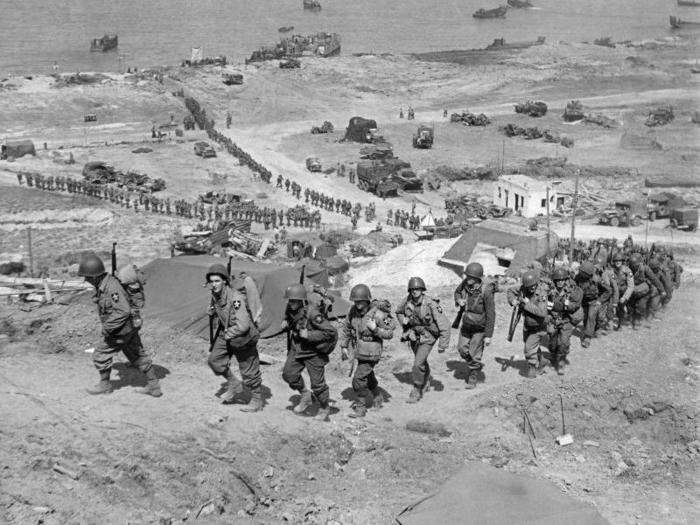War planners laying out the spearhead into continental Europe created around 17 million maps to support the operation.
Source: US European Command
15,500 American and 7,900 British airborne troops jumped into France behind enemy lines before Allied forces stormed the beaches.
6,939 naval vessels, including 1,213 naval combat ships, 4,126 landing ships, 736 ancillary craft and 864 merchant vessels, manned by 195,700 sailors took part in the beach assault.
132,715 Allied troops, among which were 57,500 Americans and 75,215 British and Canadian forces, landed at five beaches in Normandy.
By the end of June 11 (D+5), 326,547 troops, 54,186 vehicles and 104,428 tons of supplies had been unloaded in France. By the end of the war, those figures would increase to 2.5 million men, 500,000 vehicles, and 4 million tons of additional supplies.
Source: US European Command

